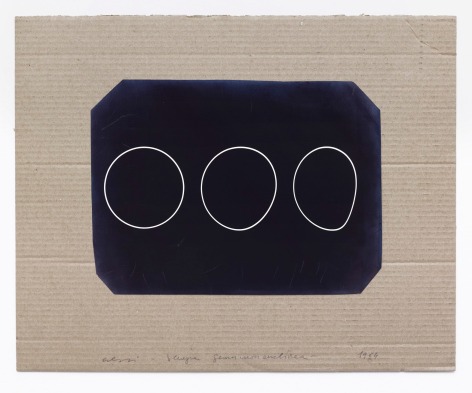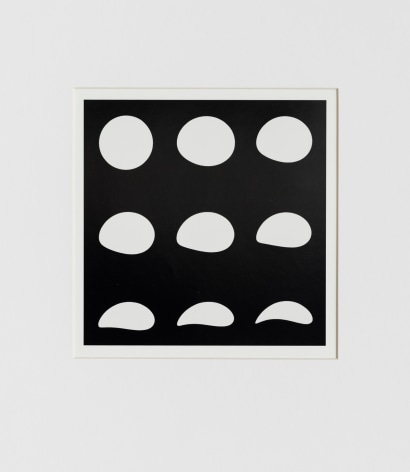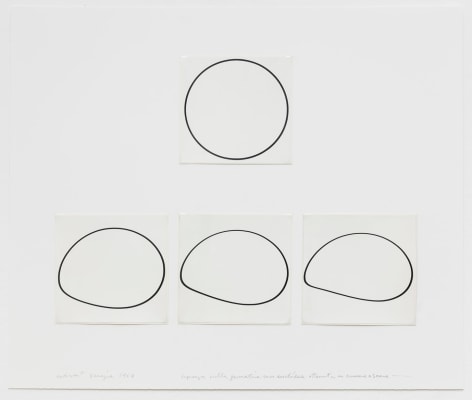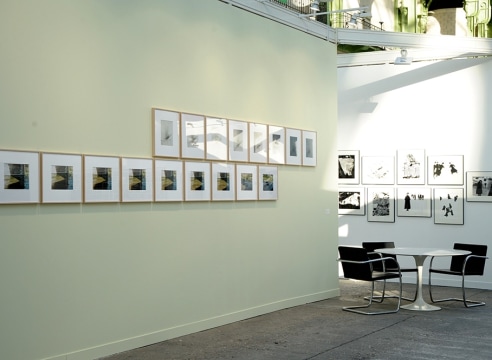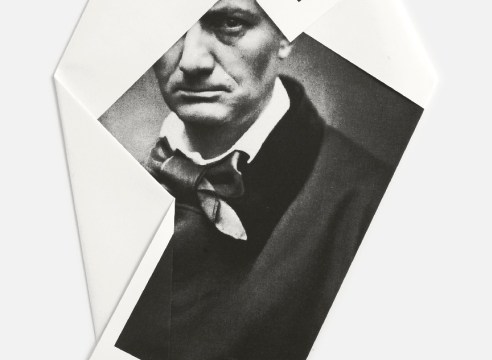
Depuis la fin des années 1960 Mario Cresci est l’artiste italien dont l’œuvre marque le développement d’un langage expérimental propre à la photographie.
Son travail complexe est enraciné dans les études multidisciplinaires commencées à Venise en 1962 et est marqué par ses rencontres avec les acteurs majeurs de l’Arte Povera et en particulier Pino Pascali, Eliseo Mattiacci, Yannis Kounellis et Alighiero Boetti, après qu’il se soit établi à Rome en 1969.
En 1969, il réalise le premier Environnement photographique à la galerie Il Diaframma de Milan en exposant mille cylindres transparents contenant mille photographies elles-mêmes transparentes.
En 1970, il est invité à sa première Biennale de Venise ; il y sera de nouveau invité trois fois (1978, 1993, 1995).
En 1974, il s’installe à Matera – qui a été désignée pour être en 2017, la capitale européenne de la culture – où il construit un projet qui sera essentiel au développement de la photographie en Italie, notamment avec la publication de Matera, immagini e documenti, un ouvrage qui est vu aujourd’hui comme le premier travail photographique d’anthropologie culturelle urbaine.
Ses photographies entrent alors dans les collections du MoMA de New York en même temps que celles de Luigi Ghirri.
Il retourne à Matera dans les années 1980 et participe à la réaffirmation du paysage en tant que sujet photographique. Il est alors l’un des artistes centraux de l’exposition « Viaggio in Italia » organisée par Luigi Ghirri à la Pinacothèque de Bari en 1984.
Mario Cresci développera ensuite de nouveaux thèmes et de nouvelles expérimentations qui lui donnent une place prédominante parmi les photographes italiens qui donne du sens à la photographie. La photographie, avec son pouvoir de constamment faire varier notre relation à la réalité, la photographie qui déplace les termes de la question, évoquant une forme « illusoire » de naturel.
La seule question qui permet peut-être de valider la pratique de la photographie n’est-elle pas celle de la question du sens de la réalité, de savoir comment la représenter et de savoir comment l’imaginer ? Mario Cresci répond de manière magistrale à cette question.
Ses œuvres sont présentes dans beaucoup d’institutions italiennes et étrangères comme le MAXXI à Rome, la Pinacoteca Nazionale à Bologne, le Centro Studi e Archivio della Communicazione à Parme, le Museo delle Arti à Catanzaro, l’Istituto per la Grafica à Rome, le Museo d’Arte Medioevale e Moderna della Basilicata à Matera, le Museo d’Arte à Gallarate ou encore le Centro Ricerca e Archivazione della Fotografia à Spilimbergo.
Mario Cresci enseigne à la Fondazione Fotografia de Modène et à l’université d’Urbino. Il vit et travaille à Bergame.
Since the end of the Sixties, Mario Cresci has been the Italian artist whose work has brought about the development of an experimental language specific to photography.
His complex work is rooted in the multidisciplinary studies he undertook in Venice in 1962, and has been influenced by his meetings with the main artists of Arte Povera, in particular Pino Pascali, Eliseo Mattiacci, Yannis Kounellis and Alighiero Boetti, after he settled in Rome in 1969.
In 1969, he made the first photographic Environment at the Il Diaframma Gallery in Milan, exhibiting a thousand transparent cylinders containing a thousand photographs, also transparent.
In 1970, he was invited to his first Biennial in Venice; since then he has been invited again three times (1978, 1993, 1995).
In 1974, he settled in Matera – which has been chosen to be the European capital of culture in 2017 – where he undertook a project that would become essential to the development of photography in Italy, especially with the publication of Matera, immagini e documenti, a book that today is seen as the first photographic work on urban cultural anthropology.
His photographs went into the collections of MoMa in New York at the same time as those of Luigi Ghirri.
He returned to Matera in the Eighties, and contributed to the re-installment of landscape as photographic subject. He was one of the main artists in the exhibition “Viaggio in Italia” organized by Luigi Ghirri in Bari’s Pinacoteca Provinciale, in 1984.
Later on, Mario Cresci developed new themes and new experimentations that gave him a prominent place among the Italian photographers who give meaning to photography: a photography with its power to constantly shift our relationship to reality, a photography that alters the terms of the question, evoking an “illusory” form of natural.
Isn’t the only question that perhaps enables us to validate the practice of photography, the question of the meaning of reality, of knowing how to represent it and how to imagine it? Mario Cresci answers that question in a remarkable manner.
His works are in the collections of many Italian and foreign institutions like MAXXI in Rome, Pinacoteca Nazionale in Bologna, Centro Studi e Archivio della Communicazione in Parma, Museo delle Arti in Catanzaro, Instituto per la Grafica in Rome, Museo d’Arte Medioevale e Moderna della Basilicata in Matera, Museo d’Arte in Gallarate and Centro Ricerca e Archivazione della Fotografia in Spilimbergo.
Mario Cresci teaches at the Fondazione Fotografia in Modena and at the University of Urbino. He lives and works in Bergamo.


